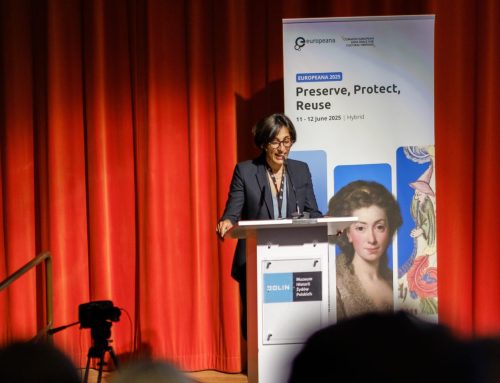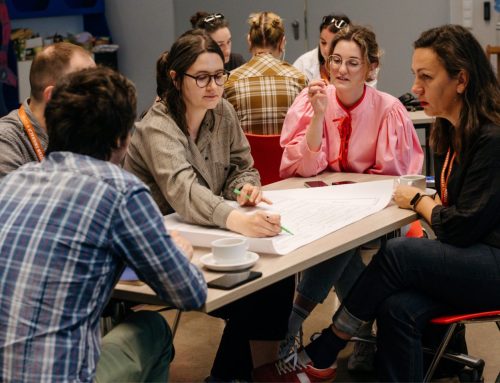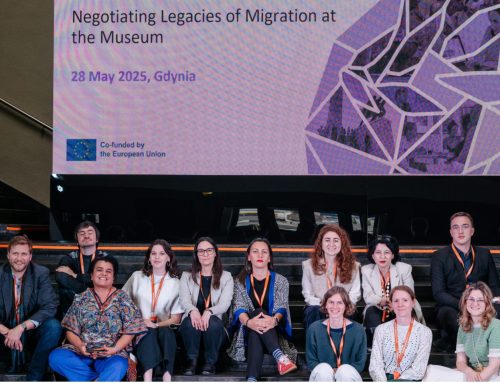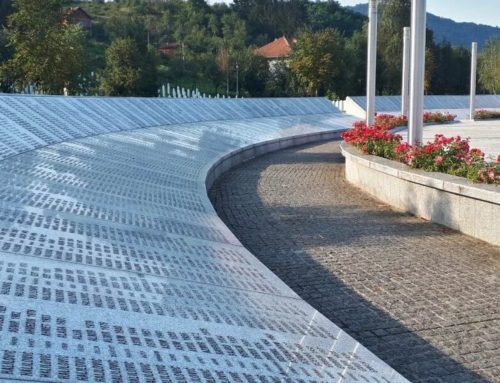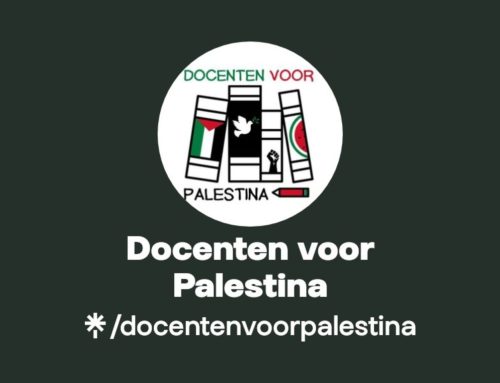Part 1 in a series on new Europeana source collections on Historiana
The featured source collections can be found on Historiana and therefore can be used to create online learning activities. This blog is part of a series of four releases of source collections. Stay tuned for more in the coming weeks!
It is often said that young people today prefer visuals over texts in their education. The widespread digitization of images from the collections of museums, archives and libraries offer the chance to educators to meet this demand. For individual educators the offer, however, can be overwhelming, which is why EuroClio, in partnership with Europeana, has created sets of visual sources selected for use in history education.
In the context of history education, students should be able to make a judgment on the usability of sources in order to answer historical questions based on the origins, the purpose and their trustworthiness. A good way of learning about these concepts is by focusing on sources that have been created specifically to influence what people think.
On Historiana, EuroClio and Europeana have made accessible a set of seven featured source collections that allow students to compare different ways in which visuals were used to control or at least try to have an impact on the population. Students can learn about how visuals are being used by looking at different aspects of the visual sources: What aspects are emphasized? What aspects are left out? What does the maker of the source want us to believe?
What featured source collections are made?
Three source collections, World War One Postcards and World War One Photographs deal with the subject of the First World War. In these source collections, it is shown that sources that initially do not seem to have a nature of propaganda, are in fact created with the intention to influence public opinion. These sources consist of official photographs and postcards. Another collection related to the First World War is Kinderbuch; a more one-sided collection of sources from a children’s book glorifying enlistment in the army during the war. Two other source collections are clearly understood as propaganda: Posters from the DDR and Communist China show that it is not just the message of the poster that can influence people’s opinions, but also the painting style. Furthermore, a source collection about the Spanish Civil War illustrates different sides within one conflict. Finally, a source collection about Suffragettes tells the development of the suffragette movement and shows visuals meant to influence public opinion, both in favor and against universal suffrage.
How can these source collections be used to teach history?
The source collections are very useful to make students aware that a large amount of visuals has been made with a specific purpose. There are examples that are very obvious, while others are subtler and not immediately identified as propaganda. With this set of source collections, history teachers can help their students become more critical in real life when they find images, online or offline. The release of these source collection will allow teachers to help students create a habit of reflecting critically on visual sources, by discussing about the motives and purposes of the visuals, and to determine information that is left out of the image.

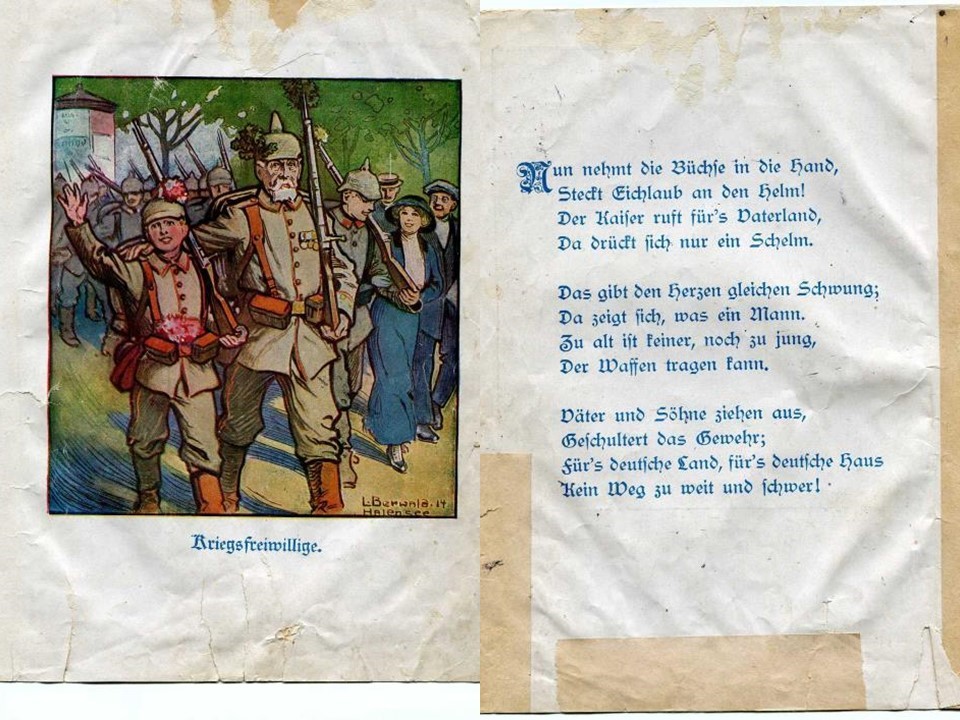
 The featured source collections can be found on
The featured source collections can be found on 
